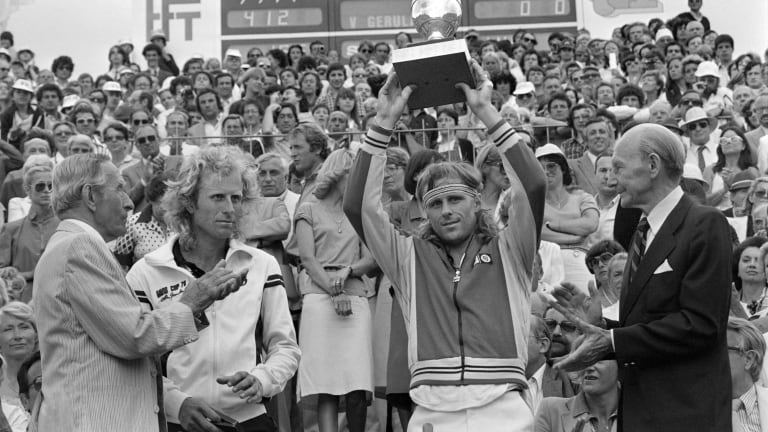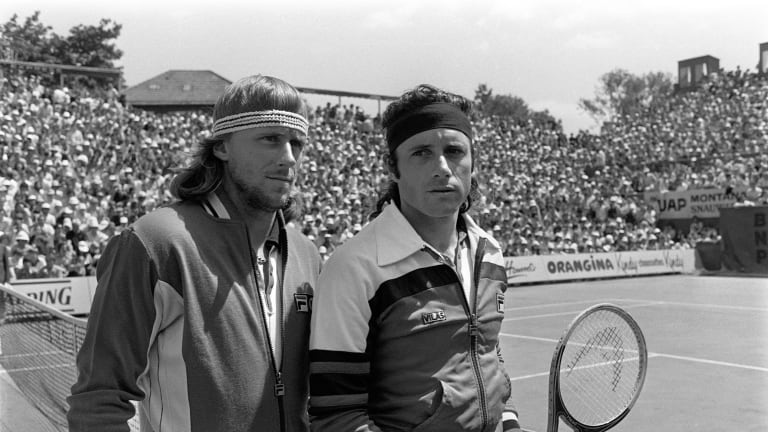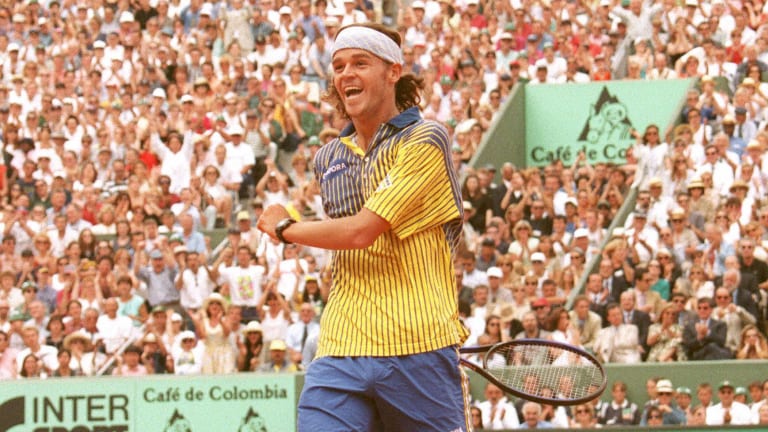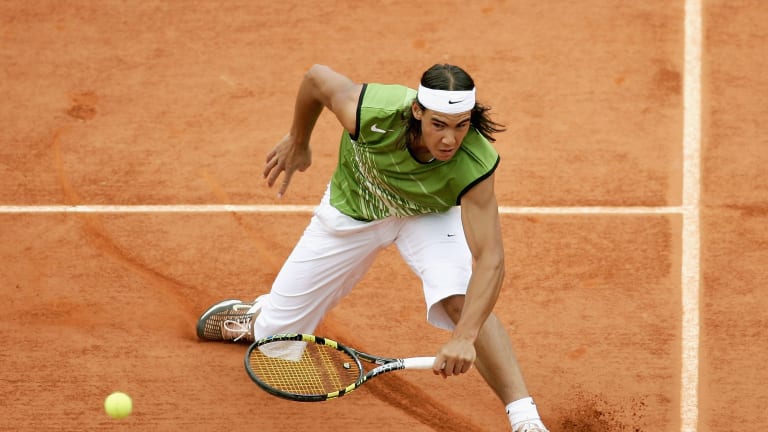It’s time to retire the words “clay court specialist”
By May 25, 2022Rafael Nadal to be honored with 'exceptional' tribute on opening day of Roland Garros
By Apr 17, 2025French Open organizers introduce draw to access ticket sales
By Jan 07, 2025Coaches Corner: Juan Carlos Ferrero proves essential to Carlos Alcaraz's Roland Garros success
By Jun 14, 2024What’s next for Novak and Nadal? Four ATP storylines after the Paris fortnight
By Jun 10, 2024Naomi’s resurgence, Iga on grass: Four WTA storylines after the Paris fortnight
By Jun 10, 2024Carlos Alcaraz becomes the clay-court champion that he—and we—always knew was possible
By Jun 09, 2024Coco Gauff wins first Grand Slam doubles title with Katerina Siniakova in dream team debut
By Jun 09, 2024Coco Gauff is a Grand Slam champion in singles and doubles, exceeding her own expectations
By Jun 09, 2024From Rafa to Iga: as one owner of Roland Garros departs, a new one has moved in
By Jun 08, 2024It’s time to retire the words “clay court specialist”
Modern tennis is largely shaped by the skill set it takes to currently succeed at Roland Garros: sharp-shooting accuracy, racquet head speed and aggression. If you can make it in Paris, you can make it anywhere.
Published May 25, 2022
Advertising
Advertising

A remarkably low pulse, a two-handed backhand, an aptitude for hitting topspin higher than ever and two of the fastest legs in tennis history made Borg (center) a new kind of clay-court natural.
© AFP via Getty Images
Advertising

The first game of the 1978 final between Borg and Guillermo Vilas (right) featured two rallies north of 35 shots. Later came one 86 shots long.
© AFP via Getty Images
Advertising

Gustavo Kuerten, a free-spirited talent, arrived at Roland Garros in 1997 armed with a string that revolutionized tennis.
© AFP via Getty Images
Advertising

Sound as Nadal is at patrolling the court, he is a forthright aggressor on clay, keen to terminate rallies.
© 2005 Getty Images